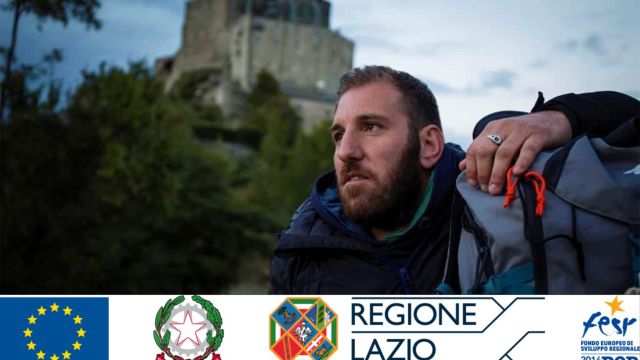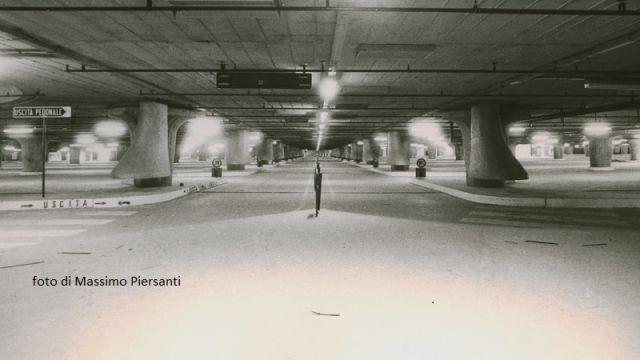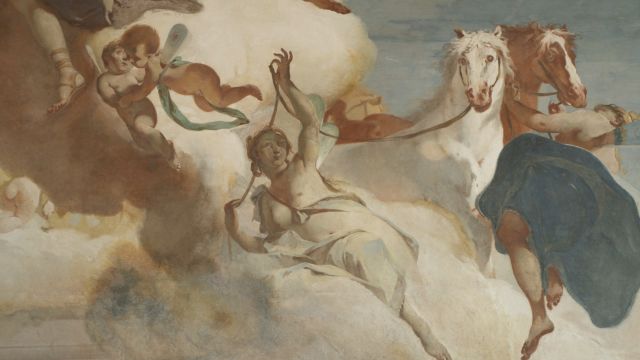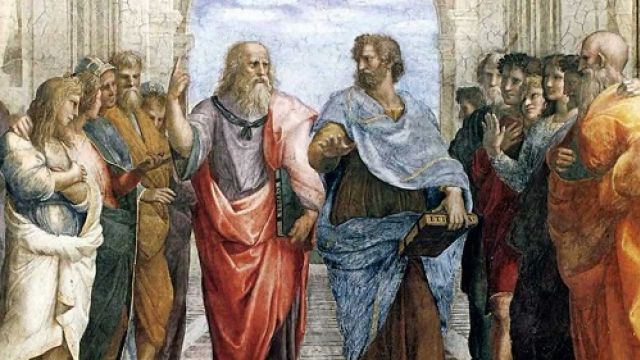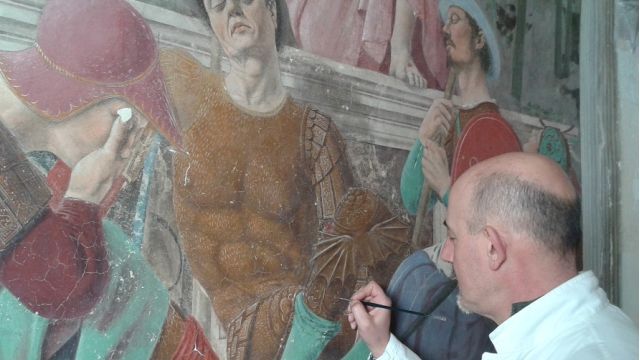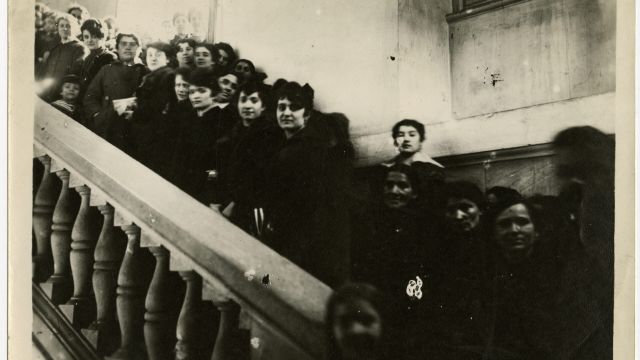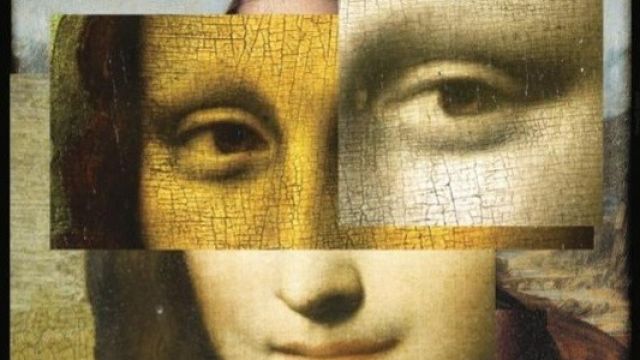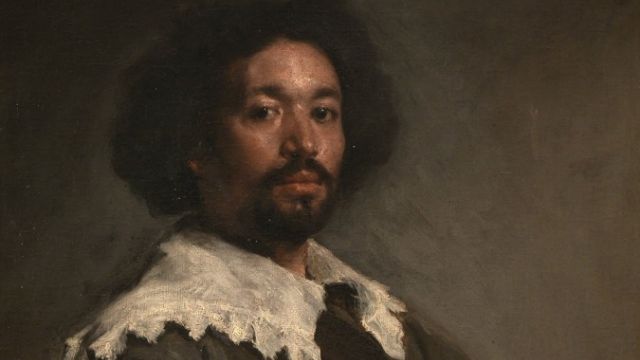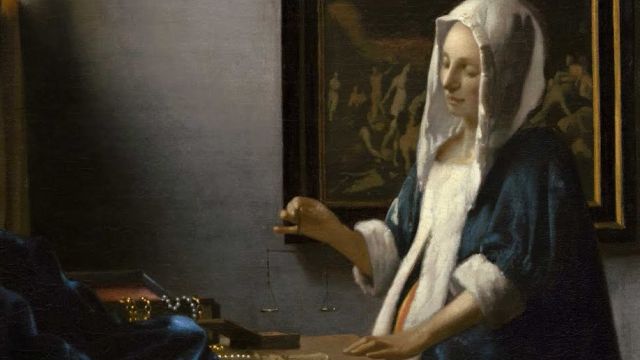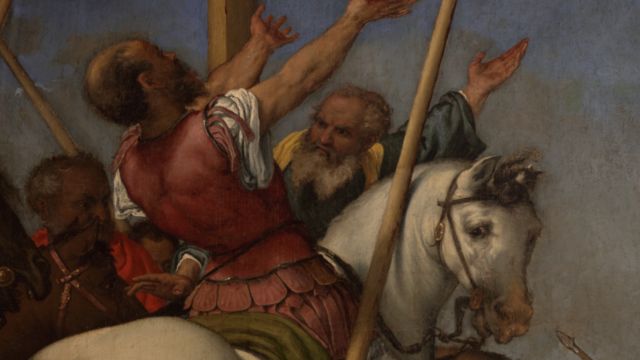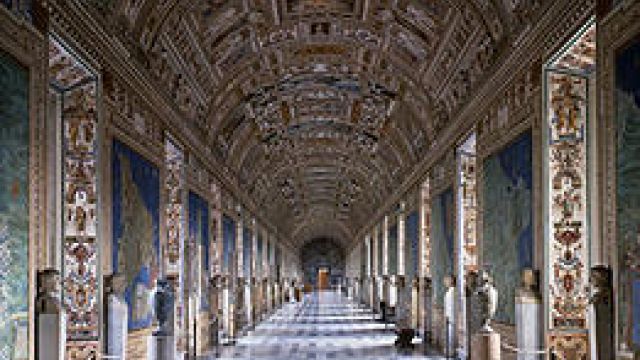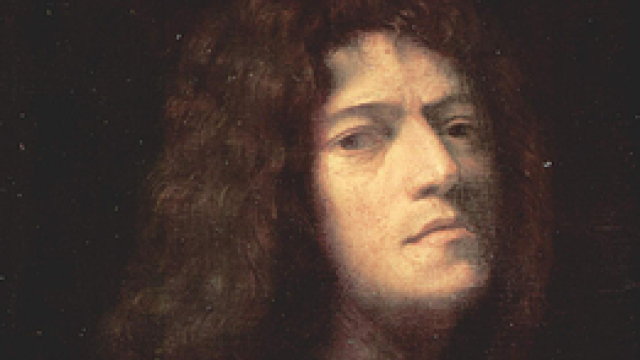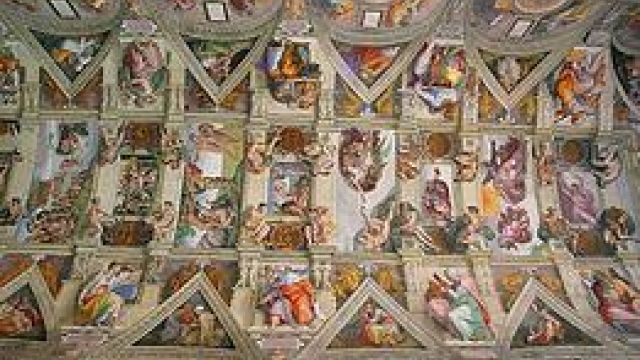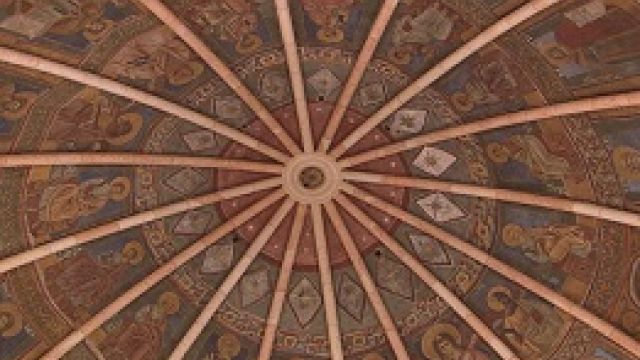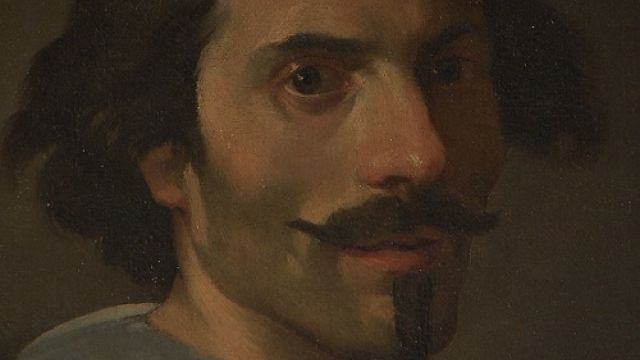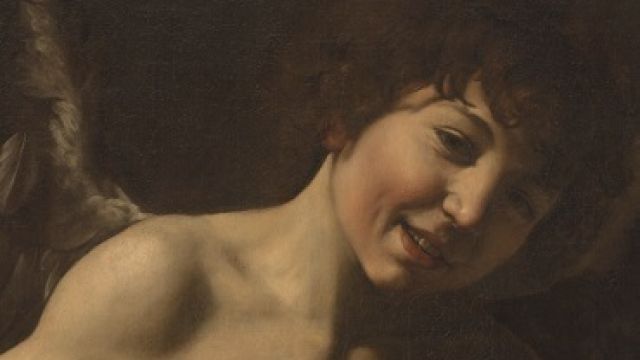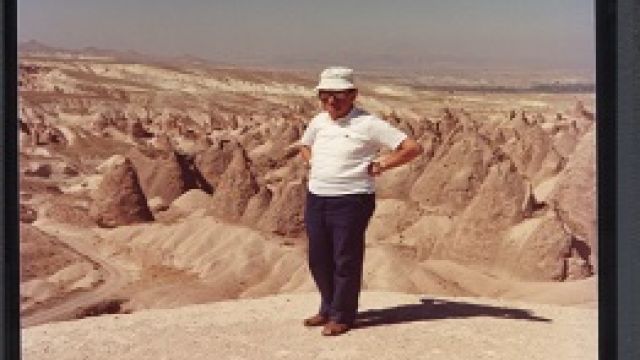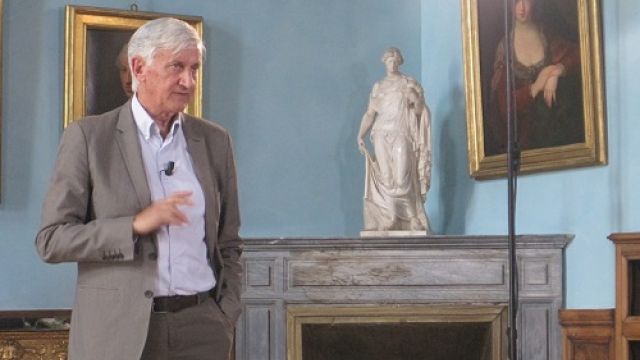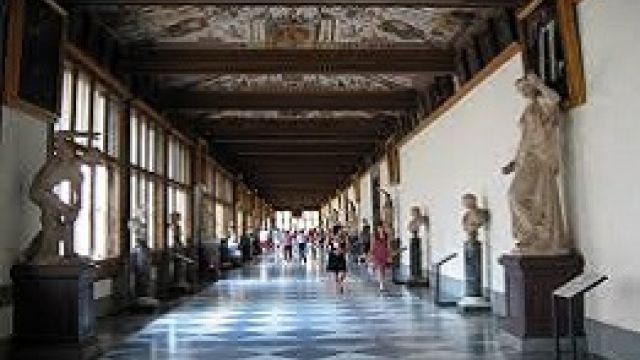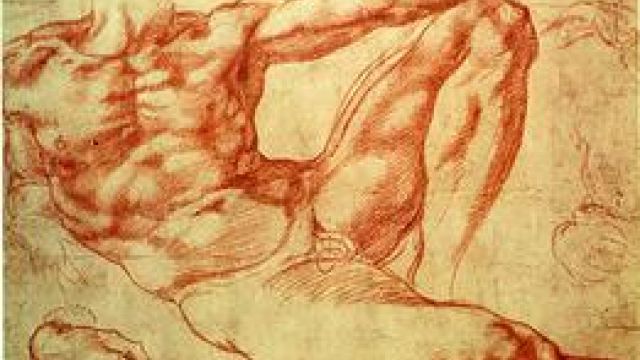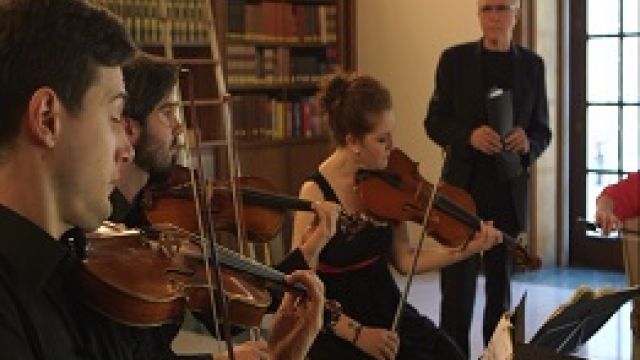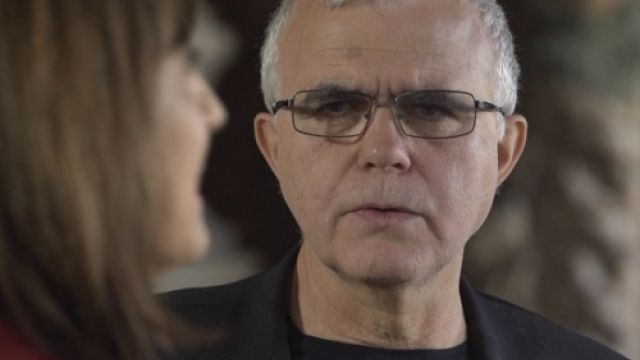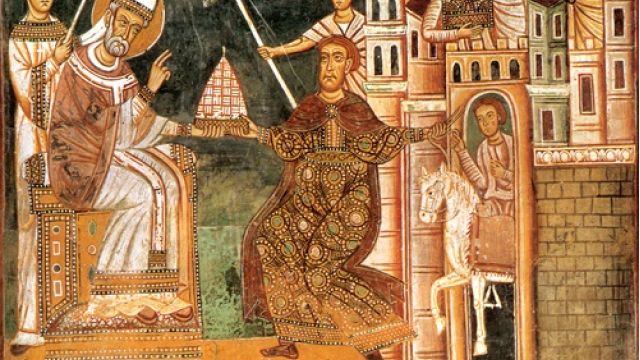INVENTING TIME – SECOND SERIES
-
YEAR
2015 -
DURATION
8 x 52′ -
VIDEO FORMAT
HD -
AUTHOR
Sandro Cappelletto -
DIRECTOR
Angelo Bozzolini -
PHOTOGRAPHY
Emanuele Chiari -
VIDEO EDITING
Massimiliano Cecchini -
PRODUCTION
Land Comunicazioni -
ON AIR
Rai 5
Sandro Cappelletto is back with a new series of INVENTING TIME, the programme that tells, reveals, and investigates some of the finest moments of classical music. Some of the greatest musicians play renown or less know pieces, from Beethoven to Monteverdi, from Schoenberg to Casella. The film is directed by Angelo Bozzolini.
1) Lamento di Arianna (Claudio Monteverdi)
Wednesday, May 28, 1608: a new opera is staged, the Arianna. The music is by Monteverdi, the libretto by the Florentine Ottavio Rinuccini. The opera was lost, except for the ten minutes that tell the most dramatic moment of the story: Arianna realizes she has been abandoned by Theseus on the island of Naxus. In Mantua, inside the Ducal Palace where the opera made its debut more than four centuries ago, we listen to the “lamentation” of the Cretan heroin, and reflect on the first act of a successful “marriage”, that between words and music.
Performers: Silvia Vajente (soprano); Bettina Hoffman (viol); Simone Vallerotonda (theorbo). Set: Mantua, Ducal Palace.
2) Italian Bel Canto (Rossini, Bellini, Verdi, Donizetti)
Between the 18th and 19th century, with only eighteen million inhabitants, 80% of which were illiterate, Italy had an impressive one thousand theatres, for prose and opera. Perhaps this is why in those years, in Pesaro, Catania, Parma, Bergamo, some of the greatest composers worked: Rossini, Bellini, Verdi and Donizetti. We listen to some of the most renown pieces of chamber music, romanzas, composed by these musicians.
Performers: Mariella Devia (soprano); Antonello Maio (piano). Set: Philharmonic Academy of Rome.
3) Pictures at an Exhibition (Modest Petrovic Mussorgsky)
When in 1873 the painter and architect Victor Hartmann died suddenly at the young age of 39, the Russian Academy of Arts in Saint Petersburg organized a retrospective with more than four hundred of his works. Mussorgsky, a close friend of the artist, was so struck by the paintings by Hartmann that he composed Pictures at an Exhibition: fifteen pieces for piano, a sort of tribute to the cultural roots of the “Great Russia”, pieces that often constitute the strong piece in the repertoire of many piano players.
Performers: Maurizio Baglini. Set: Philharmonic Academy of Rome.
4) War pieces (Alfredo Casella and Maurice Ravel)
The heavy artillery of the Reich is parading through the streets of Belgium; the Reims Cathedral is devastated; the Cossack chivalry attacks; the wooden crosses in a war cemetery in Alsace. The four “musical films”, piano duets, composed by Alfredo Casella in 1915 refer to specific events in history. In the same years his friend and colleague Maurice Ravel composes Tombeau di Couperin, an homage to a great French composer from the 17th century, and an elegiac memorial for some of the friends he had lost during the war. We listen to these “war pieces”, while the images from the “great massacre” appear on screen.
Performers: Alessandra Ammara and Roberto Prosseda. Set: Sala A, RadioRai.
5) The Grand Fugue (Ludwig van Beethoven)
Vienna, March 21, 1826. Beethoven’s last composition for a string quartet makes its debut. The composer is now completely deaf, and is already ill with the lung infection that will cause his death the following year. He is a successful musician, his last symphony was a triumph, but still, he continues to experiment. The composition is anomalous, in five tempos: the second and the forth movement are much appreciated and the audience demands encores. Then the final, the Great Fugue, eighteen minutes. The audience cannot understand this, and the editor refuses to publish it. The destiny of a genius: the piece will be played only many years later, and compared, because of its grandiose structure and intensity, to Michelangelo’s Last Judgement.
Performers: Quartetto Bernini. Set: Goethe Insititut in Rome.
6) Kinderszenen- Scenes from Childhood (Robert Schumann)
Scenes from childhood dedicated to adults: to those who, if any are still left, are still able to feel wonder, enchantment, and to dream. These thirteen “easy pieces” that Robert Schumann wrote in 1838 at the age of twenty-eight are dedicated to Clara Wieck, the woman he loved and who became his wife two years later. A marriage out of love, the couple had eight children, that ended in 1856 with his death in a mental asylum. This “harmony of the souls”, left for his wife, for us, is one of the finest pieces of Romantic music ever written.
Performer: Mariangela Vacatello. Set: German Historical Institute in Rome.
7) Transfigured Night – (Arnold Schoenberg)
A man and a woman, lovers, are walking through a wood. It is night, the moon is bright. It’s cold. That evening the woman has decided she must tell the man something he will find difficult to accept. The inspiration for the string sextet came to Schoenberg in 1899 from a poem by Richard Dehmel. The piece (two violins, two violas and two cellos) opened up a new era for chamber music, and projected the audience, that listened to this “transfigured night”, into the heart of the 20th century.
Performers: Sestetto Stradivari. Set: Camillo Caetani Foundation.
8) Verdi VS Wagner (Music by Matteo D’Amico and excerpts from works by Verdi and Wagner)
Bologna, November 19, 1871. Verdi arrives in Bologna to hear Wagner’s Lohengrin. He travels incognito, but once in town he is recognized by all. At the end of the performance the maestro falls into a crisis. He will not compose an opera for the next sixteen years, and when he finally goes back to composing it is evident that his music draws much of its inspiration from Wagner’s work.
Performers: Piano Duo Sebastiano Brusco-Marco Scolastra; Music: Matteo D’Amico; Narrating voice: Alfonso Veneroso. Set: Teatro Comunale, Bologna

